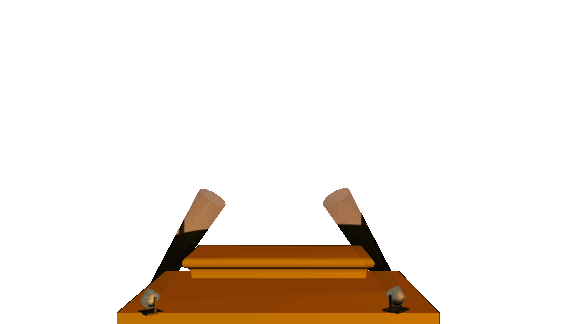|
|
|
| welcome,Willkommen |
|
| |
 |
|
| |
|
|
| |
The Pathans (Pashtuns)In 1893 British officers of Indian Army established the Durand Line, an artificial border designed to protect the northwest frontier of Her Majesty s Empire. Today, on either side of this border, live sixteen million Afghans called the Pashtun or, by the English and Indians, Pathans. They are divided into several tribes, which in turn are subdivided into larger and lesser clans. Many things have changed, except that one hears more and more talk of an independent Pashtunistan. Half in Afghanistan, half in Pakistan, these tough people and mountain people have never recognized the frontier that separates brothers and cousins, and continue to cross from one country to the other, using the numerous unpatrolled mountain trails rather than the official border posts.The Pathans conqured Afghanistan in the 18th and 19th centuries. Owerflowing the southern and southeastern parts of the country, they spread to the west, center and north. Wherever they went, the Pathans elbowed out the indigenous people, forced them off their best lands, and generally acted like feudal barons. Now, representing the dominant ethnic group in Afghanistan, they occupy virtually post in the goverment and administration. But they are also large landowners, shopkeepers, peasants, and even truck drivers. Under the monarchy some Pathan tribes were actually excused from military service. The Pathans as a group have been the privileged class in every regime. The other ethnics see little merit in them, although in popular usage, only Pathan are given the designition "AFGHAN". It was they, after all, who created Afghanistan by establishing an independent kingdom.A 10th-century chronicler descibed the Pathans thus:"Those diabolical Afghan lancers penetrated passes as a gimlet enters wood, clambered up the slopes like goates, and rushed down them like torrents." During the reign of Genghis Khan, the Pathans were probably the only adversaries to hold their own against the Conqueror of the World, dealing him his most brutal defeat.Nearer our own time, in 1843 during the first Afghan war, an army of three thousand British and local troops was exterminated, and the Soviet invaders lost the war just because of the great Pashtun warriors.The Pathans are Indo-Europeans of a tall, lean build, their color swarthy, hair sleek and black, noses strong. They wear thin mustaches, use khol around their eyes, and sport magnificent turbans tied to resemble cockscombs. Vests threaded with gold are worn over embroidered white shirts, trousers are very full, and strudy boots crul up at the toes. Usually armed with a rifle and festnooned with cartridges, Pathans look very dashing. They are very proud of their reputation as warriors and very quick to take offense.Thier code-Pashtunwali-emphasizes the concept of honor. laws of asylum, hospitality, and revenge, with vendettas holding the place of greatest respect. Pathans love to sing, also to dance, in an energetic war step accompanied on a large drum called a dho. Dancers twist, turn and leap with hair whipping against their faces. Thier national sport -naiza bazi (called "tent-pegging" by the British)- is an excellent war gamer. It is also an exercise in dexterity, originally devised to train Pathan horsemen to overwhelm an encamped, sleeping enemy. By prying loose tent pegs with a three-pronged lance, the Pathans created panic. A description of Pathans by: Roland and Sabrina Michaud |

|
|
|